Kibale Forest National park
Kibale forest national park
Kibale forest national park is located in western Uganda, is a 795-square-kilometer protected area renowned for its incredible biodiversity and primatology research. The park is a home to over 1500 chimpanzees, as well as 13 other primate primates including monkeys, baboons and among others. With a lush canopy and dense undergrowth, Kibale’s tropical rainforest offers a habitat for 375 bird species, 144 butterfly species and numerous mammals such as elephants, buffaloes, antelopes and among others. The park’s terrain ranges from 1100 to 1600 meters above sea level, creating a unique landscape of swamps, valleys and hills. Visitors can explore the forest through guided treks, chimpanzee trekking, chimpanzee trekking habituation, bird watching and among others making Kibale a premier safari destination for nature enthusiasts and researchers
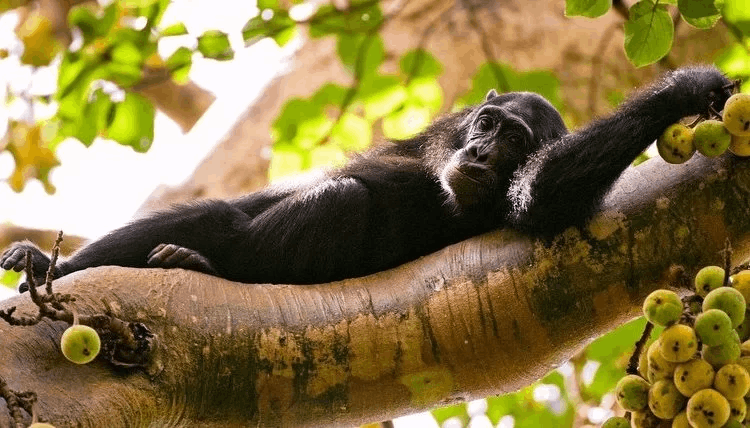
Attractions in Kibale forest national park.
Primates.
Kibale forest national park is a home to an astonishing 13 primate species, making it one of the highest concentrations of primates in Africa. The park’s most famous residents are the chimpanzees, with over 1500 individuals, but it’s also a habitat for other fascinating primates like Ugandan red colobus, L’Hoest’s monkeys, vervet monkeys, black and white colobus, grey-cheecked mangabeys, olive baboons and among others. Additionally the park is a home primates like the pottos, bush babies, and nocturnal primates like the galagos. This incredible diversity of primate makes Kibale a world-renowned safari destination for the primatologists and wildlife enthusiasts, offering a unique opportunity to observe and sturdy these fascinating creatures in their natural habitat.
Animal species.
Kibale forest national park is a haven for the wildlife species, boasting an incredible array of animal species. In addition to its famous primates, the park is a home to over 70 mammal species like elephants, buffaloes, leopards, warthogs, bush pigs, duikers and among others.
Bird species.
Kibale forest national park is a birding haven. With over 375 bird species many of which are endemic to the Albertine Rift Region. The park’s diverse habitats support a wide range of birdlife like African grey parrot, blue turacos, papyrus gonolek, yellow-spotted nicator, Jameson’s wattle-eye, and among others. The park’s wetlands and swamps are home to the herons, egrets, kingfishers, while the forest canopy is inhabited by colorful sunbirds, bee-eaters, starlings and among others.
Activites to do in Kibale forest national park.
Chimpanzee trekking in Kibale forest national park.
Chimpanzee trekking in Kibale forest national park is a thrilling safari experience that allows tourists to observe these intelligent and social creatures in their natural habitat. Guided treks led by the experienced rangers, take you through the forest to find one of the park’s habituated chimpanzee groups, offering a unique opportunity to watch them feed, play and interact with each other. With a 90% success rate of sightings, Kibale is renowned for its chimpanzee trekking, providing an unforgettable safari experience and a chance to support conservation efforts.
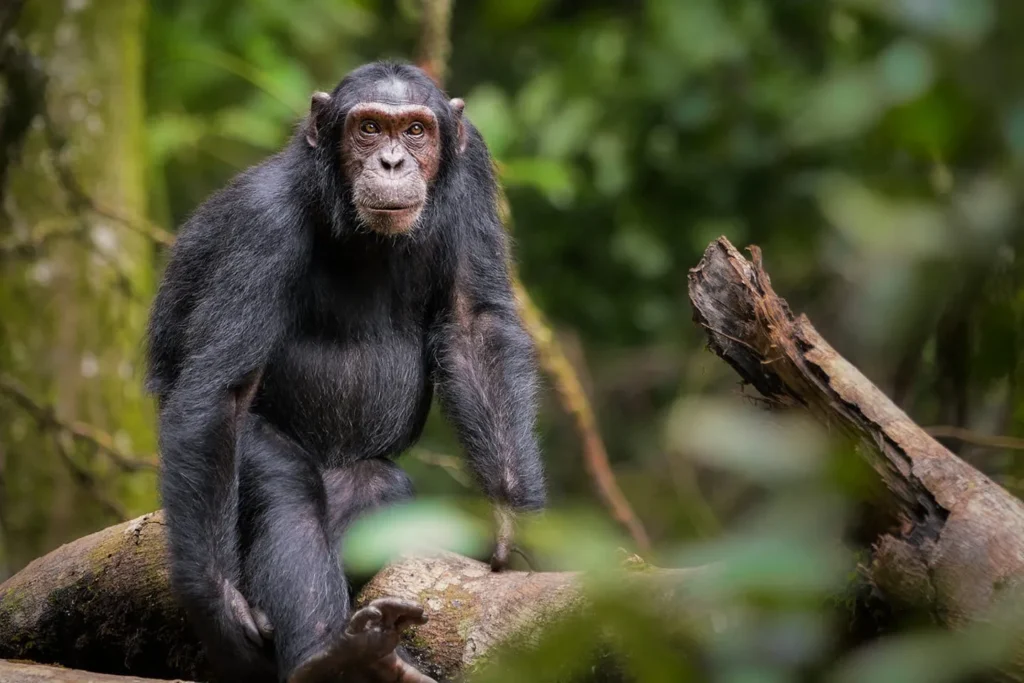
Chimpanzee habituation in Kibale forest national park.
Chimpanzee habituation in Kibale forest national park is a process of gradually introducing wild chimpanzees to the human presence, allowing them to become comfortable with observers. This process is led by experienced researchers and guides, takes up to 2 years, enabling the chimpanzees to tolerate human presence without changing their behavior. Habituation allows for unique insights into chimpanzee behaviours, social structures, and habitat use supporting conservation efforts and providing a foundation for responsible tourism that supports the protection of these incredible creatures and their habitat.
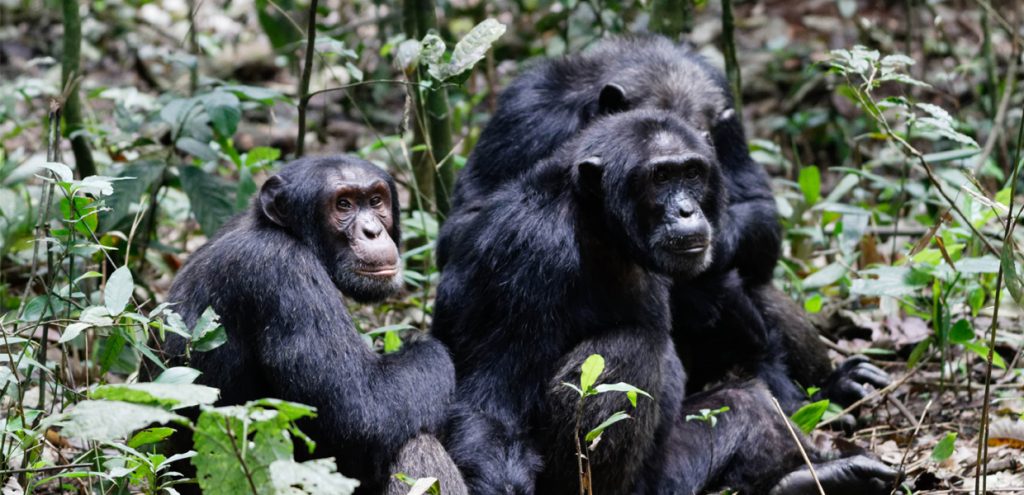
Bird watching in Kibale forest national park.
Bird watching in Kibale forest national park is a thrilling safari experience, with over 375 species recorded, including the Albertine Rift endemics, Guided walks or self-guided trails take you through diverse habitats from forest to wetlands offering sightings of vibrant birds like African grey parrot, blue turaco, sunbirds and among others. Expert guides help spot and identify species, making it an ideal safari destination for both novice and experienced birders, with opportunities to spot rare and exotic species in their natural habitat.
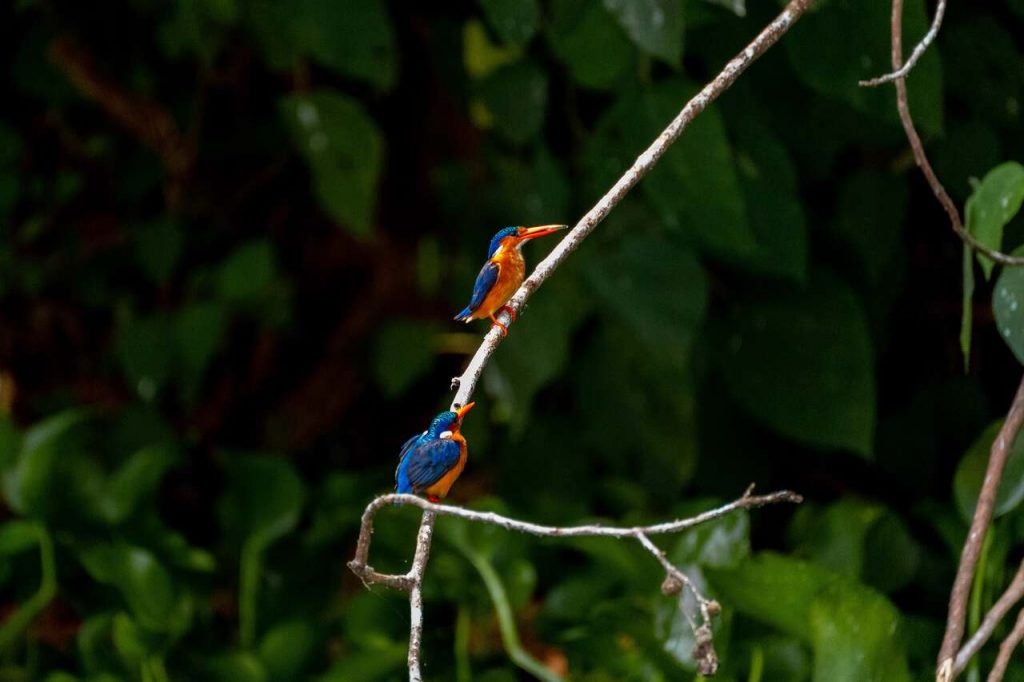
Guided nature walks in Kibale forest national park.
Guided nature walks in Kibale forest national park offers a tranquil and immersive experience, allowing visitors to explore the forest’s diverse habitats and wildlife at a leisurely pace. Led by knowledge guides, walks can be tailored to suit interests and fitness levels, revealing the park’s hidden treasures, such as rare birds, butterflies and primates as well as unique plant species and medicinal plants used by local communities. These walks provide a deeper connection with nature and insight into the forest’s intricate ecosystems.
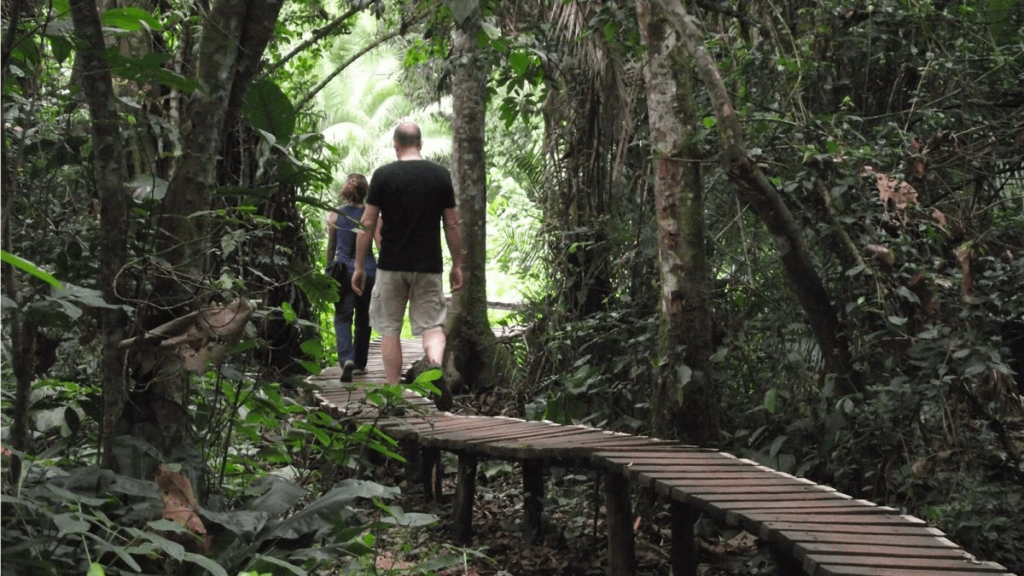
Cultural tours in Kibale forest national park.
Cultural tours in Kibale forest national park offers unique opportunity to experience the rich cultural heritage of the local communities surrounding the park. Visitors can explore the traditional villages interact with the Batooro and Bakiga people, and learn about their customs, music and dance. The tours also provide insight into the historical and spiritual significance of the forest, including the traditional medicine and food sources. Additionally visitors can participate in community-based activies like basket weaving, cooking, farming, supporting local economic development and community conservation efforts, making for immersive experience.
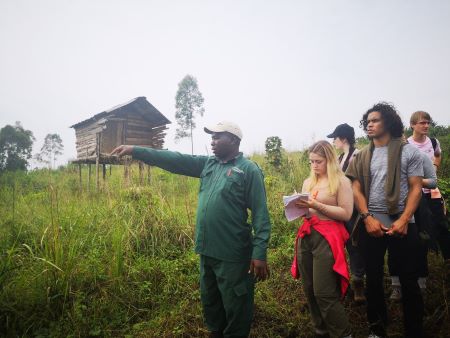
Best time to visit Kibale forest national park.
The best time to visit Kibale forest national park is during the dry seasons from December to February and June to August, when the weather is mild and sunny, making it ideal for trekking and wildlife spotting. These months offer best conditions for chimpanzee trekking, bird watching, guided nature walks, with minimal rain and mud, allowing for easier navigation and best views. Although the wet season from March to May and September to November can also be a good time to visit the park, as the park can be with less crowds and lower accommodation prices.
